.svg)
Restoration Sites
Cyanea truncata
The C. truncata restoration site is located at the back of Hakipu‘u valley. This site was originally established as a location to facilitate the management of the critically endangered C. truncata that is extinct in the wild. Fruits from the remaining plants were collected and outplanted among other places, in Hakipuʻu with the support of the Hawai'i Department of Forestry and Wildlife and the Plant Extinction Prevention Program. Several individuals of this species are protected in this site.
As the most mauka fenced area in Hakipuʻu, this site is appropriate as a repository for plants collected from the more remote locales of the ranch. Thousands of native outplants have been planted here over the years and native forest structure has returned to much of the site.
As the most mauka fenced area in Hakipuʻu, this site is appropriate as a repository for plants collected from the more remote locales of the ranch. Thousands of native outplants have been planted here over the years and native forest structure has returned to much of the site.
Punawai ʻUlu
Punawai ʻUlu surrounds another perennial spring in Hakipuʻu and features a prominent ʻulu (breadfruit) grove. The focus for restoration efforts at this site site includes stream and slope restoration with native and/canoe plants. Due to the accessibility of this site, Pūnāwai ʻUlu is showcased along tours, and utilized for educational purposes. Outreach messaging focuses on native
ecosystems and particularly riparian (streamside) ecosystems, cultural uses of canoe plants, native stream resources and stewardship.
ecosystems and particularly riparian (streamside) ecosystems, cultural uses of canoe plants, native stream resources and stewardship.
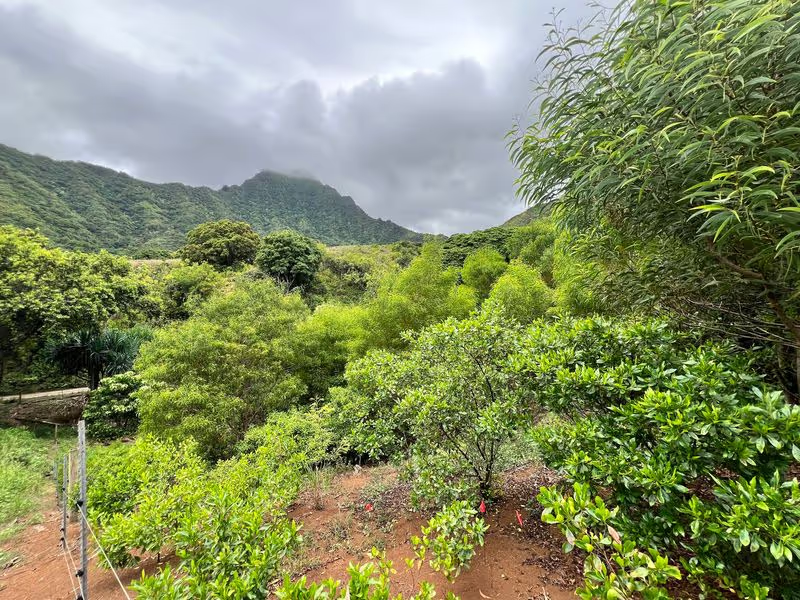
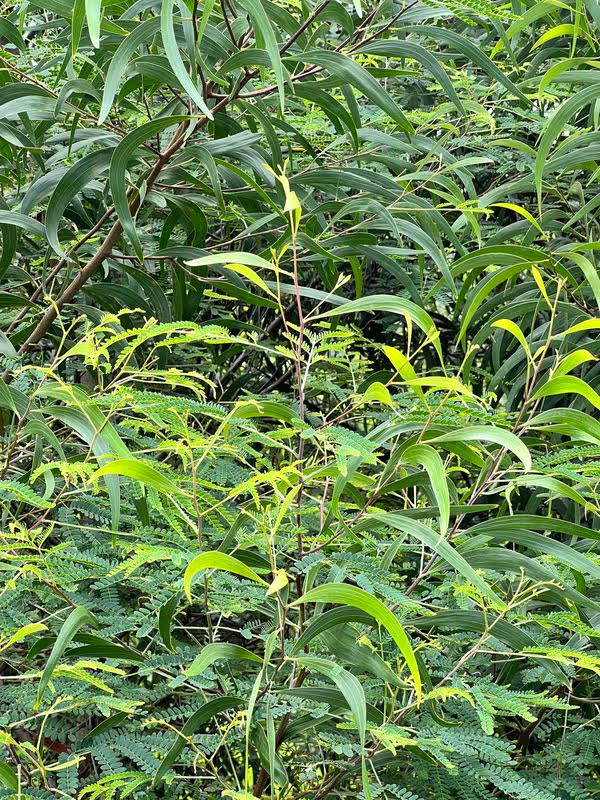
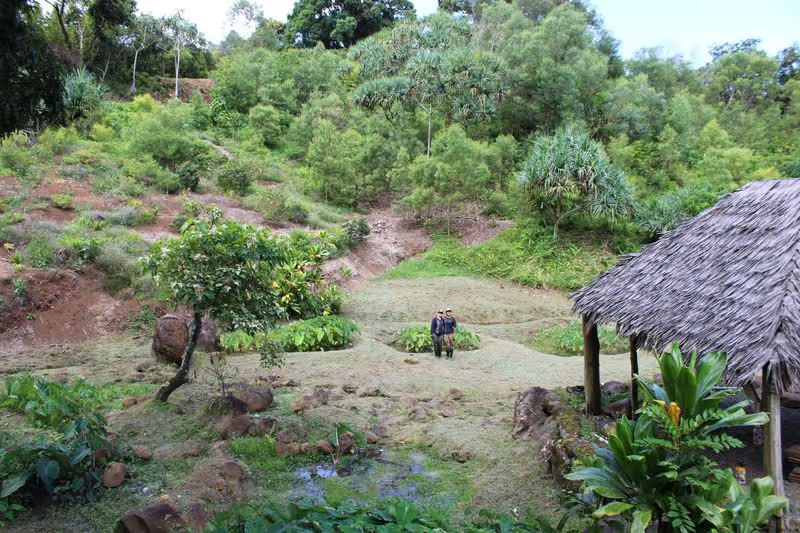
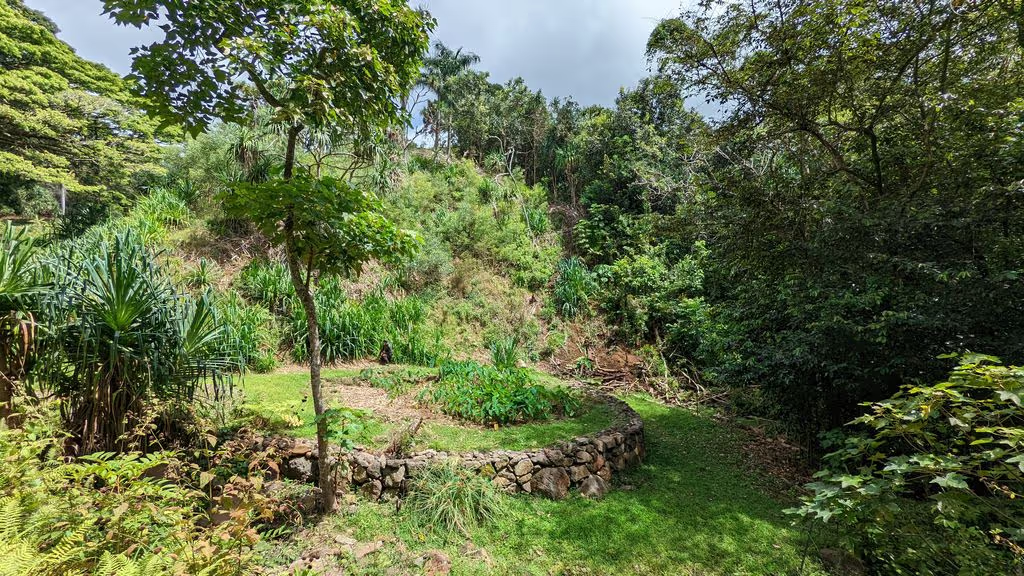
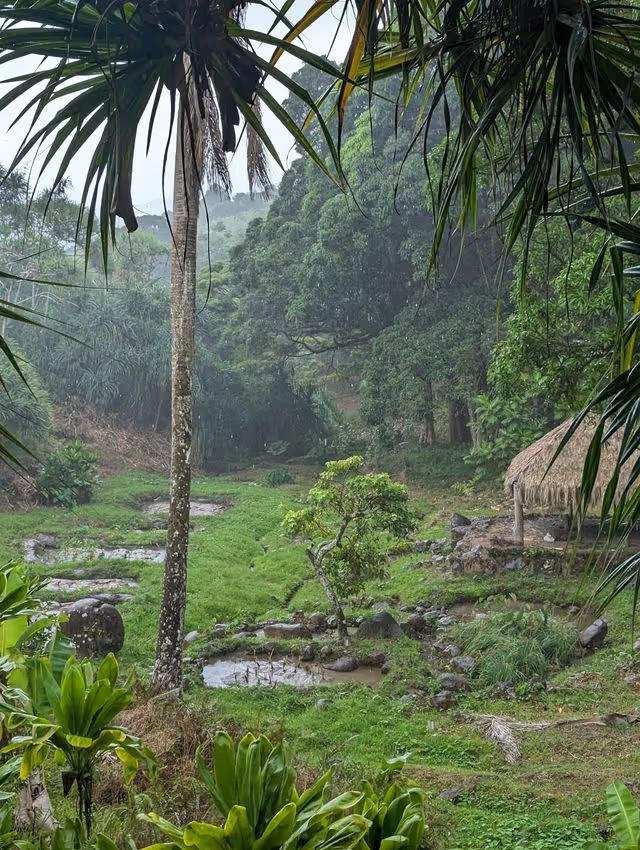
Punawai Kalo
Pūnāwai Kalo restoration site is a fenced enclosure located at the head of one of the perennial springs in Hakipuʻu. The site fosters several loʻi kalo and other Hawaiian canoe crops in the main drainage, and intensive native plant restoration across the surrounding slopes.
Waipili
Waipili encompasses an important section of Kaʻaʻawa stream where waters fan out into a wetland area in the center of the valley. The fenced enclosure features indigenous agriculture crops including but not limited to niu, maiʻa, and ʻawa, while restoration with native plants is underway along the streambanks and in the saturated wetland areas. The site also features the beginning stages of a native interpretive garden, where native species from across the ranch can be brought together in one area, accessible to more visitors. Signage for the species featured here will be included in the coming year.



















.svg)


.png)
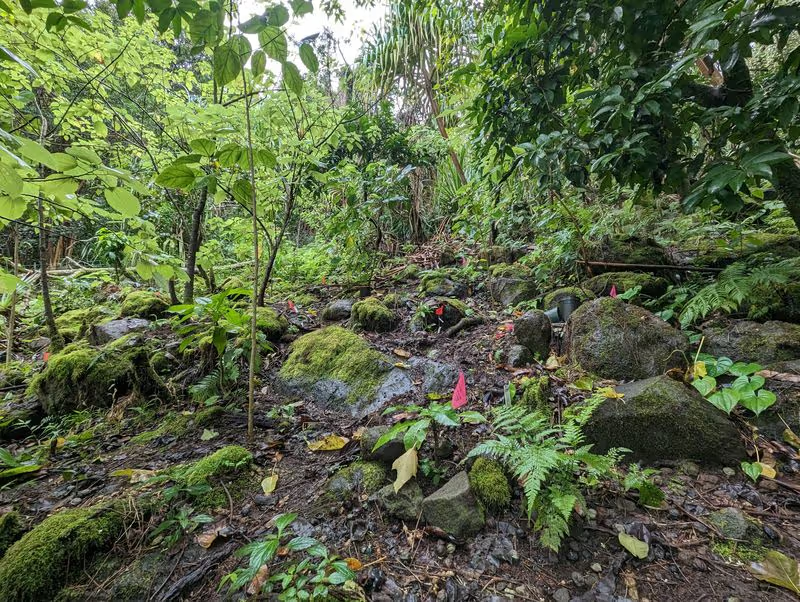
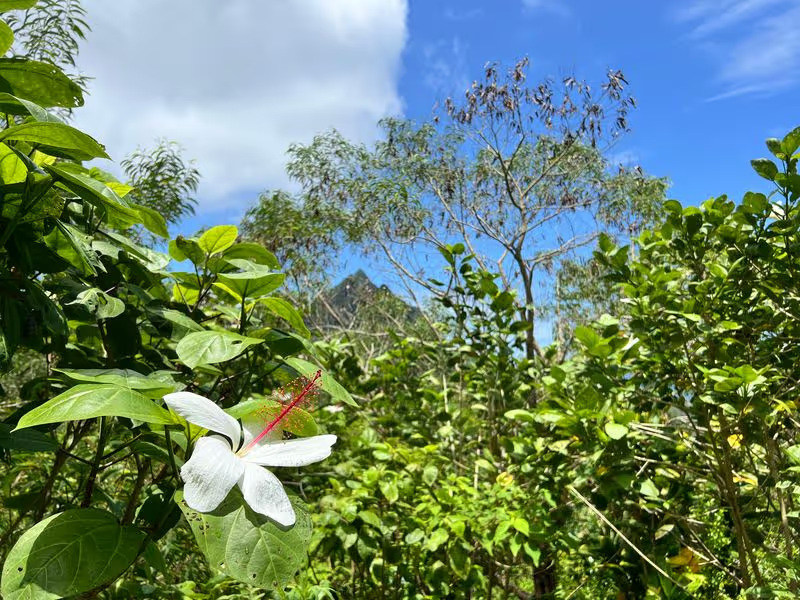
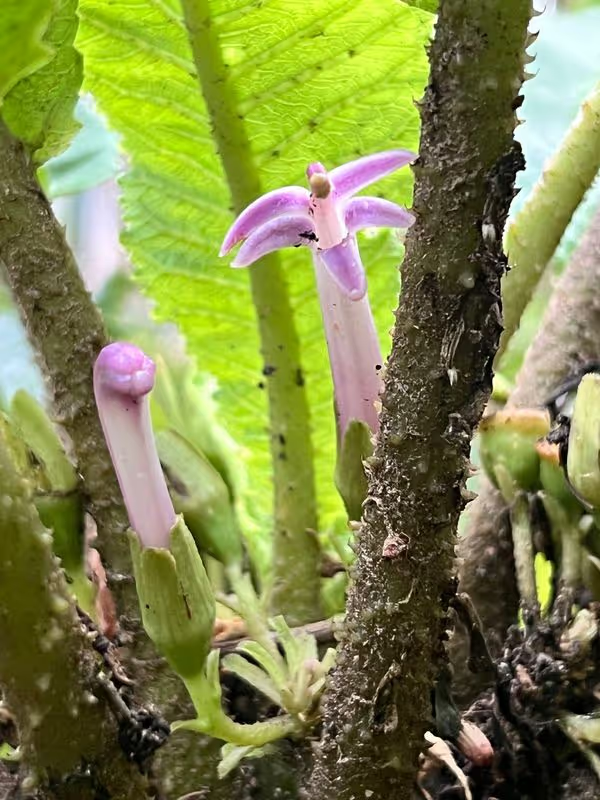
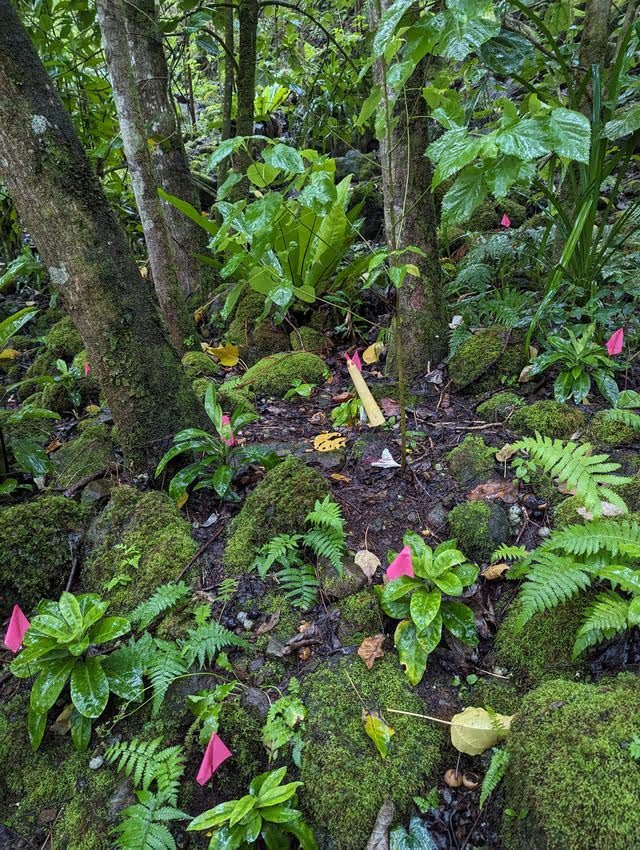
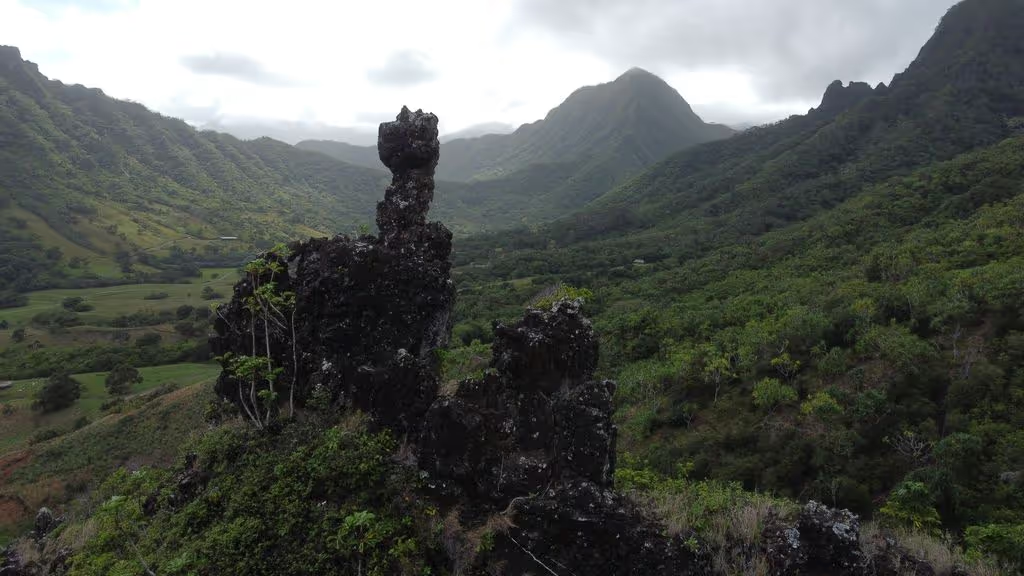
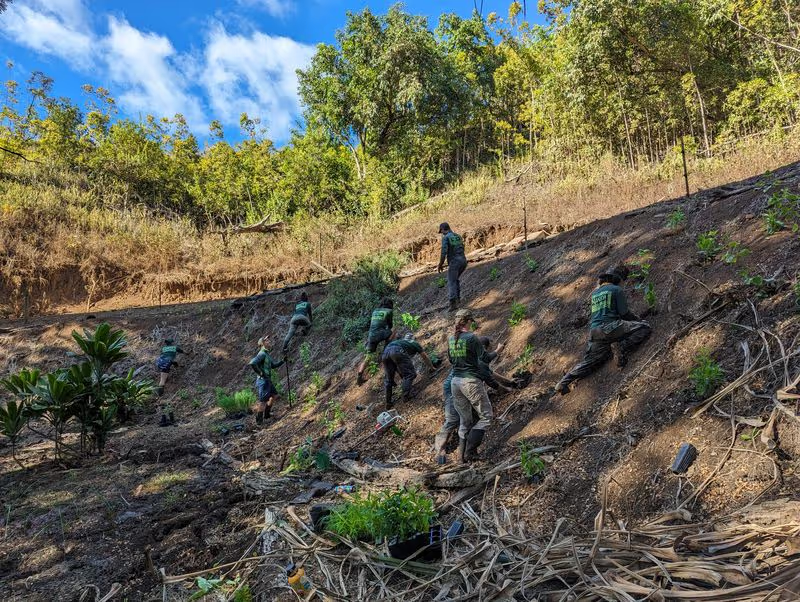
.png)
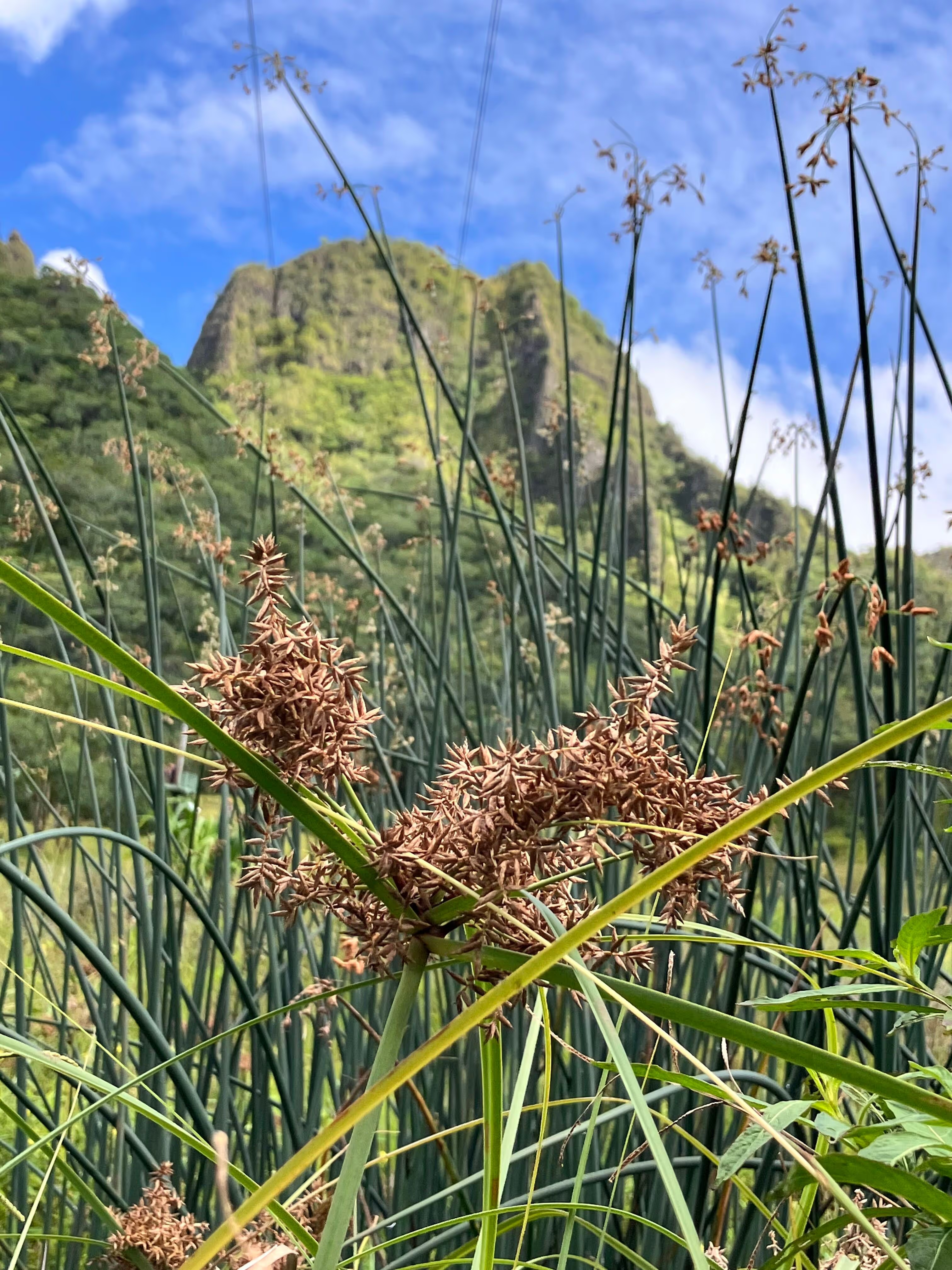
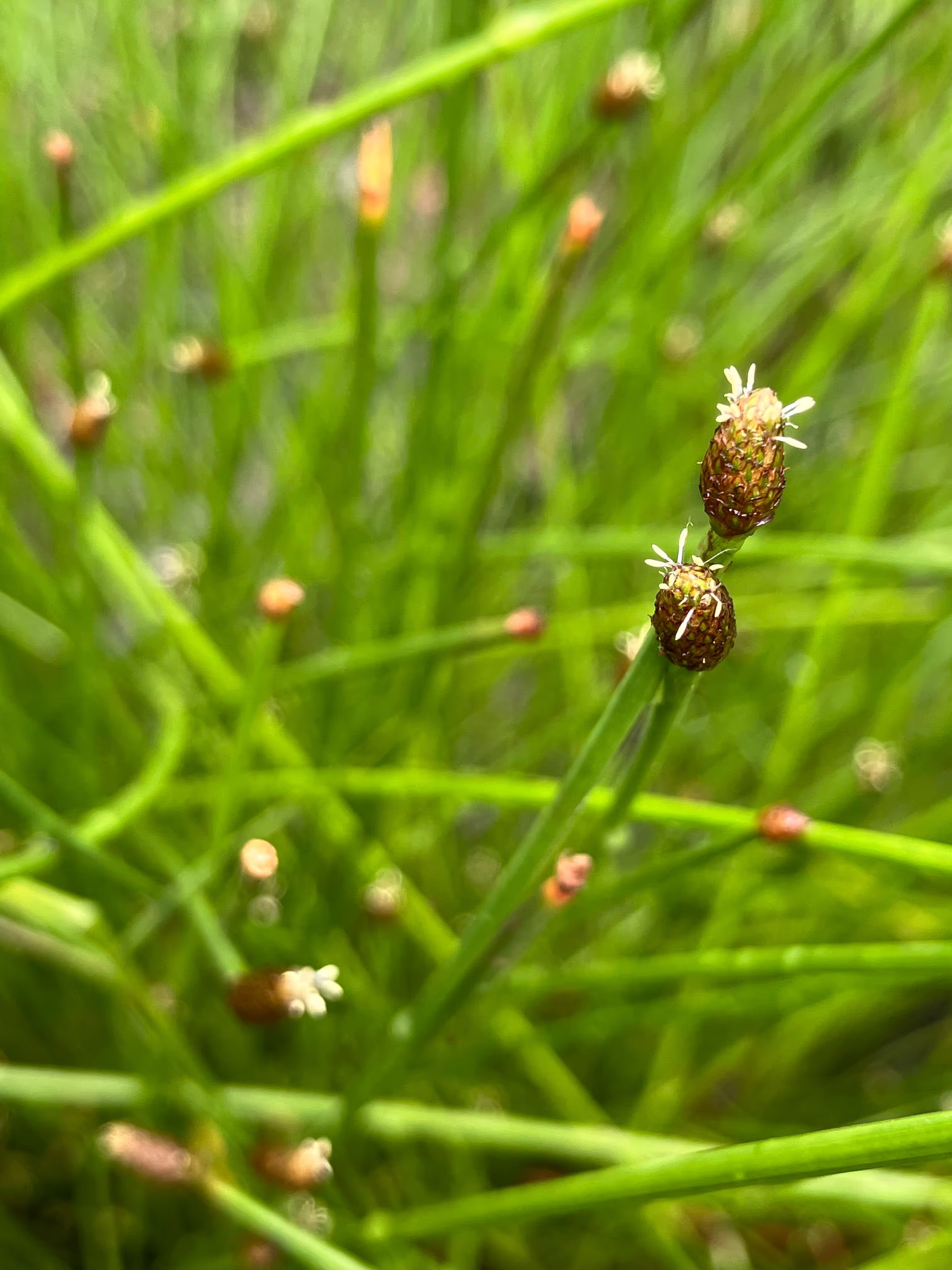
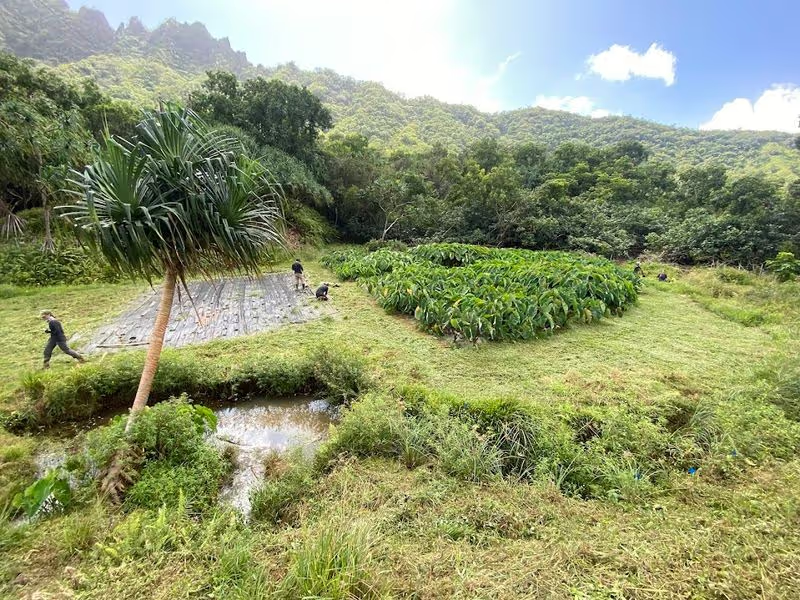
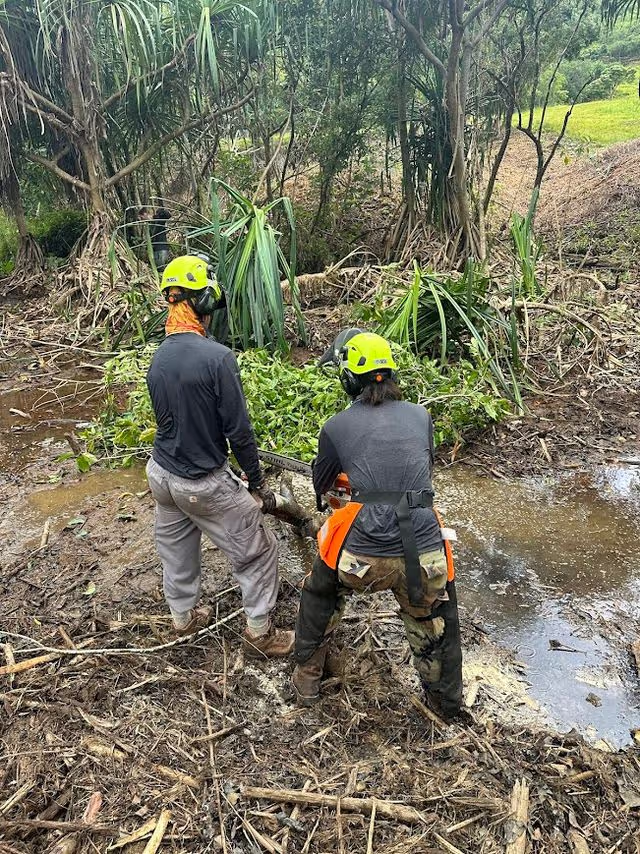
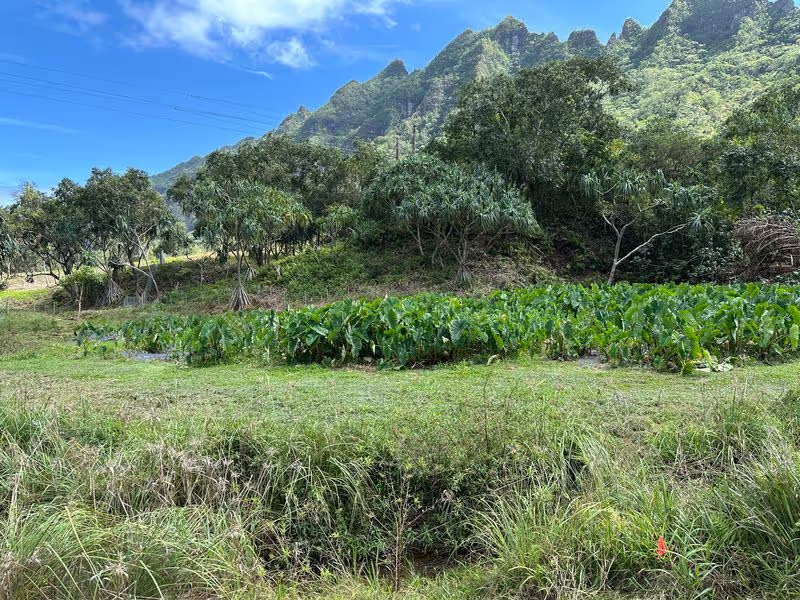
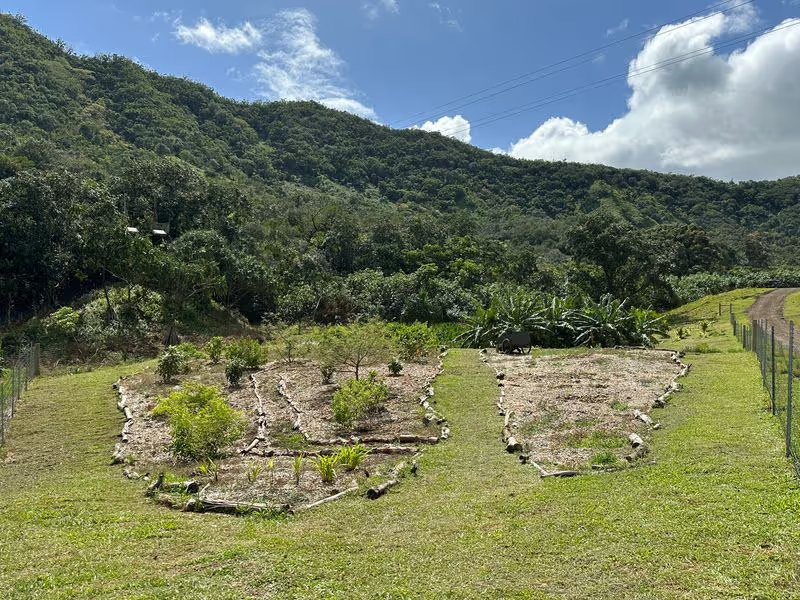



.svg)
